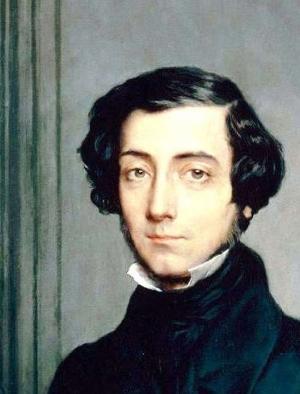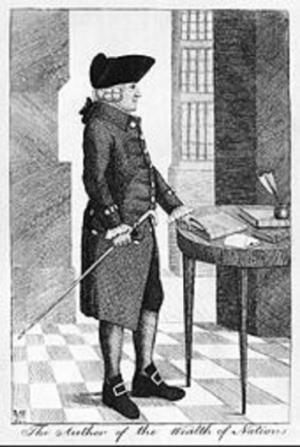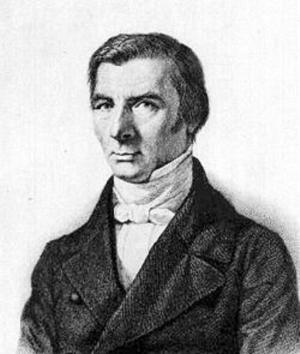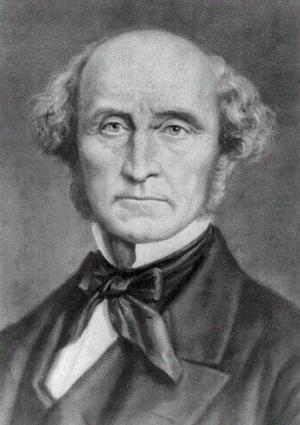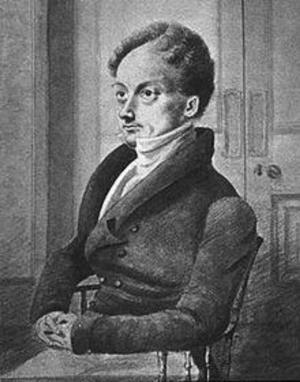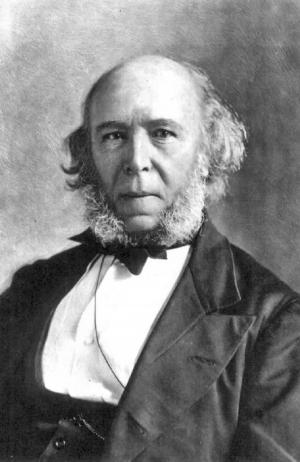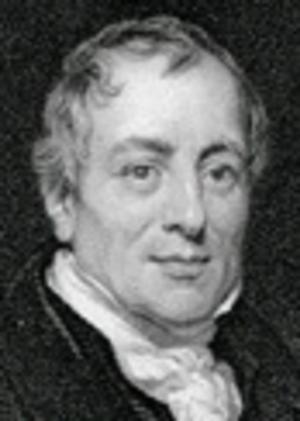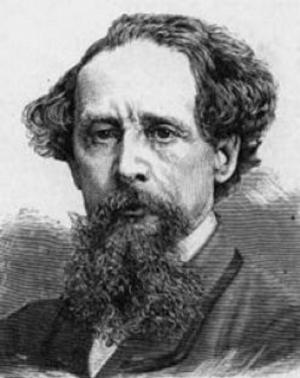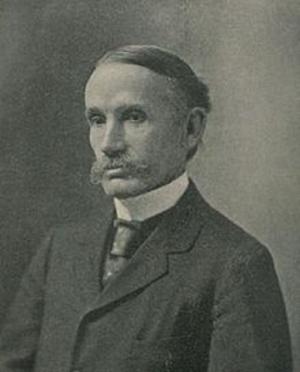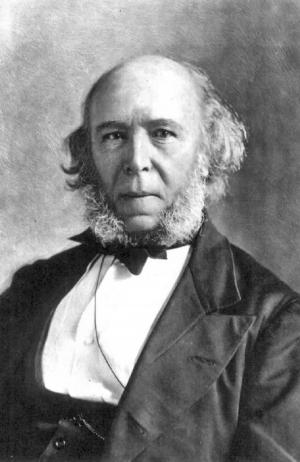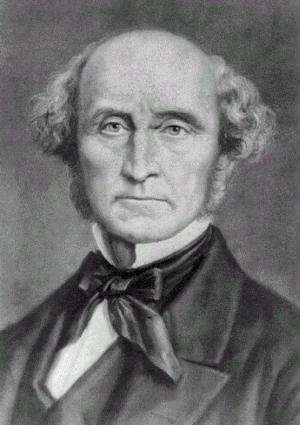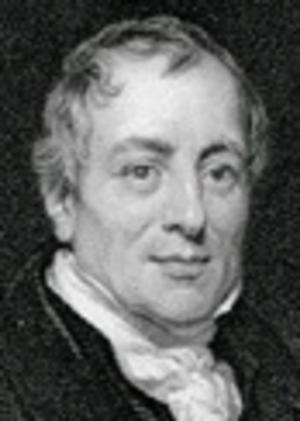An Historical Account of Two Notable Corruptions of Scripture: Full and Fine Text of 1754 Edition (Illustrated and Bundled with Life of Isaac Newton)
Nonfiction, Science & Nature, Mathematics, Mathematical Analysis, Science, Physics, Mathematical Physics| Author: | Isaac Newton | ISBN: | 1230000269994 |
| Publisher: | AS Team | Publication: | September 23, 2014 |
| Imprint: | Language: | English |
| Author: | Isaac Newton |
| ISBN: | 1230000269994 |
| Publisher: | AS Team |
| Publication: | September 23, 2014 |
| Imprint: | |
| Language: | English |
The book has an active table of contents for readers to access each chapter of the following titles:
1) AN HISTORICAL ACCOUNT OF TWO NOTABLE CORRUPTIONS OF SCRIPTURE – ISAAC NEWTON
2) LIFE OF SIR ISAAC NEWTON - N. W. CHITTENDEN
Although the key contribution of Newton to the modern science and engineering was the books OPTICS and THE MATHEMATICAL PRINCIPLES OF NATURAL PHILOSOPHY, his interests are many aspects.
The book of Historical Account of Two Notable Corruptions of Scripture was sent in a letter to John Locke on 14 November 1690 and built upon the textual work of Richard Simon and his own research. Newton blamed the Roman Church for many abuses in the world and accuses it of "pious frauds". During 200 years after Newton’s death, many revealed scandals by the Roman Church proved that Newton’s book is worth of reading again.
In mathematics too, Newton made contributions to all branches of mathematics then studied and his solutions to the contemporary problems in analytical geometry of drawing tangents to curves (differentiation) and defining areas bounded by curves (integration). He discovered general methods of resolving problems of curvature, embraced in his "method of fluxions" and "inverse method of fluxions", respectively equivalent to Leibniz's later differential and integral calculus.
Newton’s contribution to Enlightenment was also profound. His conception of the Universe based upon Natural and rationally understandable laws became one of the seeds for Enlightenment ideology. John Locke and François-Marie Arouet applied concepts of Natural Law to political systems advocating intrinsic rights; Adam Smith applied Natural conceptions of psychology and self-interest to economic systems.
According to the very popular story, Newton figured out that the same force governed the motion of the Moon and the apple when he was on seeing an apple fall in his orchard in 1666. The story inspired millions of young minds around world to explore natural law of governing the Universe.
Newton said: If I have seen further it is by standing on the shoulders of giants. This book is for those by standing on Newton’s shoulder to explore the world in any fields without fear.
The book has an active table of contents for readers to access each chapter of the following titles:
1) AN HISTORICAL ACCOUNT OF TWO NOTABLE CORRUPTIONS OF SCRIPTURE – ISAAC NEWTON
2) LIFE OF SIR ISAAC NEWTON - N. W. CHITTENDEN
Although the key contribution of Newton to the modern science and engineering was the books OPTICS and THE MATHEMATICAL PRINCIPLES OF NATURAL PHILOSOPHY, his interests are many aspects.
The book of Historical Account of Two Notable Corruptions of Scripture was sent in a letter to John Locke on 14 November 1690 and built upon the textual work of Richard Simon and his own research. Newton blamed the Roman Church for many abuses in the world and accuses it of "pious frauds". During 200 years after Newton’s death, many revealed scandals by the Roman Church proved that Newton’s book is worth of reading again.
In mathematics too, Newton made contributions to all branches of mathematics then studied and his solutions to the contemporary problems in analytical geometry of drawing tangents to curves (differentiation) and defining areas bounded by curves (integration). He discovered general methods of resolving problems of curvature, embraced in his "method of fluxions" and "inverse method of fluxions", respectively equivalent to Leibniz's later differential and integral calculus.
Newton’s contribution to Enlightenment was also profound. His conception of the Universe based upon Natural and rationally understandable laws became one of the seeds for Enlightenment ideology. John Locke and François-Marie Arouet applied concepts of Natural Law to political systems advocating intrinsic rights; Adam Smith applied Natural conceptions of psychology and self-interest to economic systems.
According to the very popular story, Newton figured out that the same force governed the motion of the Moon and the apple when he was on seeing an apple fall in his orchard in 1666. The story inspired millions of young minds around world to explore natural law of governing the Universe.
Newton said: If I have seen further it is by standing on the shoulders of giants. This book is for those by standing on Newton’s shoulder to explore the world in any fields without fear.

